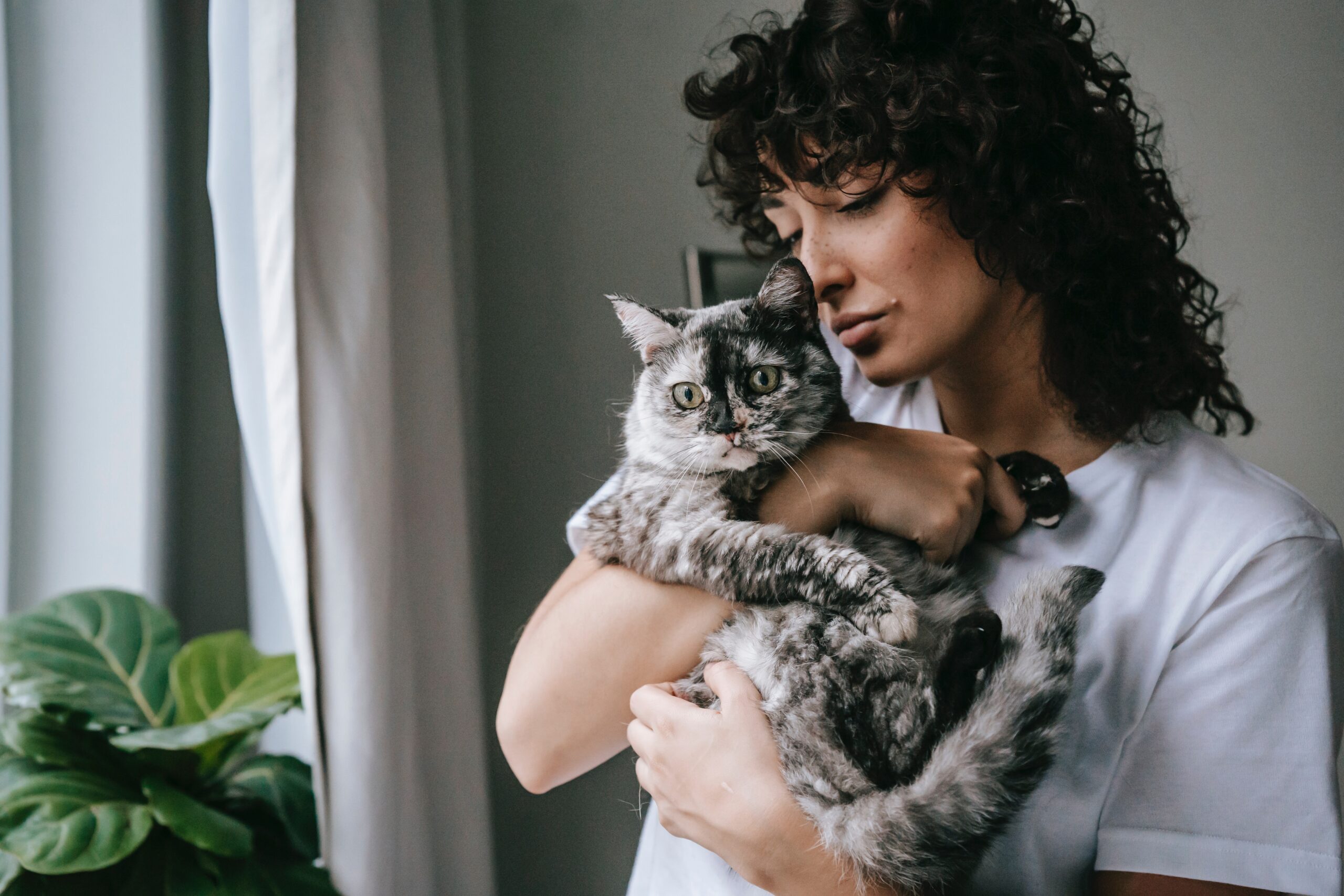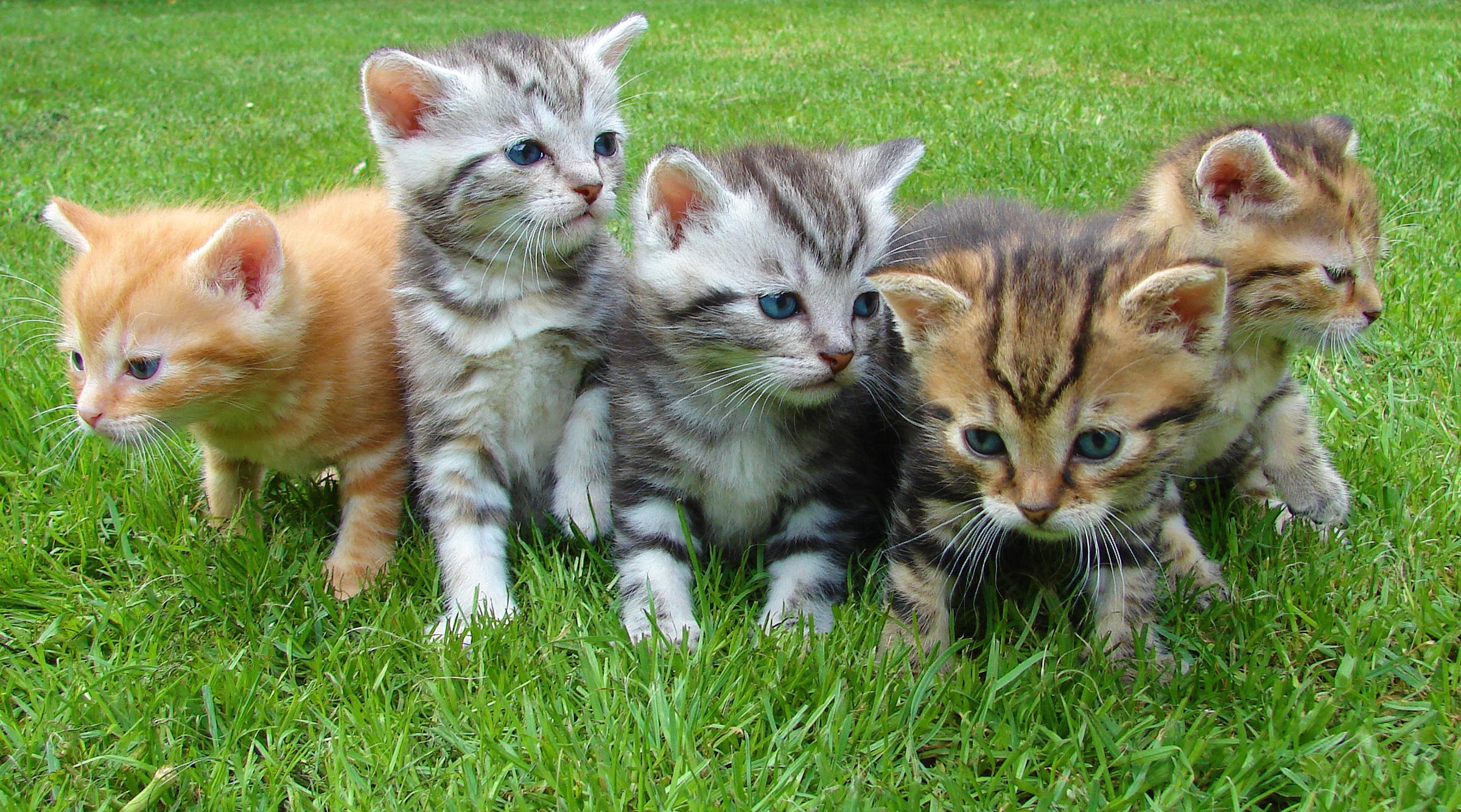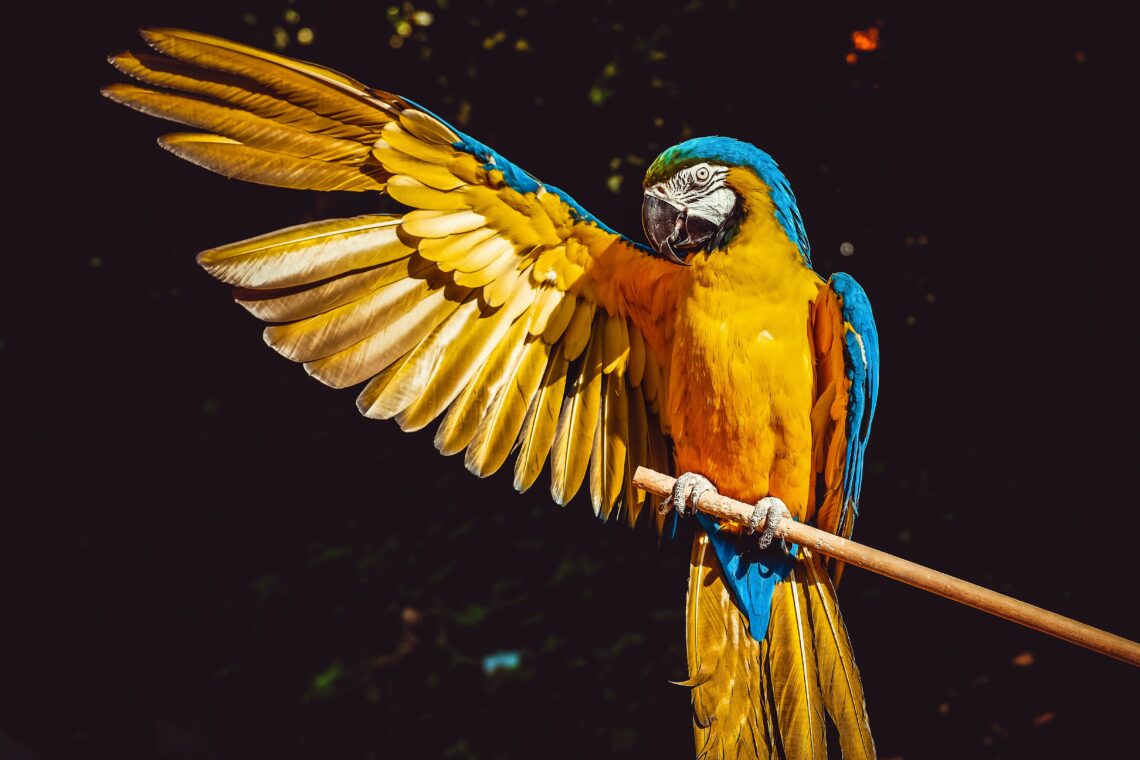
Love birds: Species, food, behaviour, diseases, & price range
What are lovebirds?
A lovebird might be one of the smaller parrot species available as a companion pet, but this bird is inquisitive and seemingly always on the go. As their name suggests, lovebirds are known for the loving, attentive bond they tend to form with their mates.

Species:
Lovebirds are a type of parrot belonging to the genus Agapornis. However, only a few out of the nine species of lovebirds are commonly kept as pets. These include Fischer’s, masked, and peach-faced lovebirds. Lovebirds are named for their strong pair bonds. They vary in size, ranging from just over 5 inches to slightly over 6½ inches. Unlike budgies, which are sometimes referred to as “parakeets,” lovebirds have short, blunt tail feathers and a stockier build.
Lovebird species are divided into two groups: those with noticeable white eye rings (such as the masked, yellow-collared, Fischer’s, black-cheeked, and Nyasa or Lilian’s lovebirds) and those without any eye rings (such as the peach-faced or rosy-faced, black-winged or Abyssinian, red-headed or red-faced, Madagascar or grey-headed, and black-collared or Swindern’s lovebirds). Selective breeding is used to bring out certain color features in some lovebird species, resulting in a wide variety of color mutations.
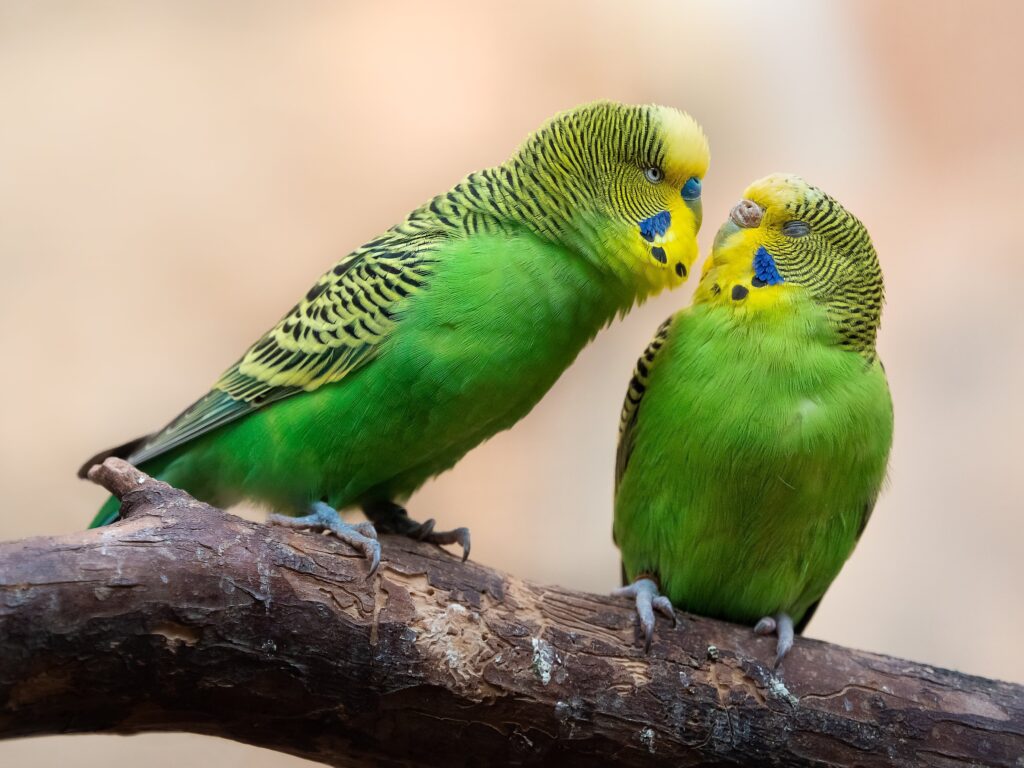
Habitat:
In their natural habitat, lovebirds live in small flocks and eat seeds, fruits, and vegetables. The Abyssinian, also known as the black-winged lovebird, is extremely rare in captivity because it requires a specific diet that includes natural figs.
The majority of lovebird species are indigenous to Africa, with the exception of the grey-headed Madagascar lovebird, which is exclusive to Madagascar Island. Out of the nine species of lovebirds, six are classified as Least Concern by the International Union for Conservation of Nature and Natural Resources. Nevertheless, three species are in danger of extinction, with Nyasa and Fischer’s lovebirds being labeled as Near-Threatened, putting them closer to the Endangered list. The black-cheeked lovebird is the most susceptible of all lovebirds and is on the brink of being classified as Endangered, being listed as Vulnerable.
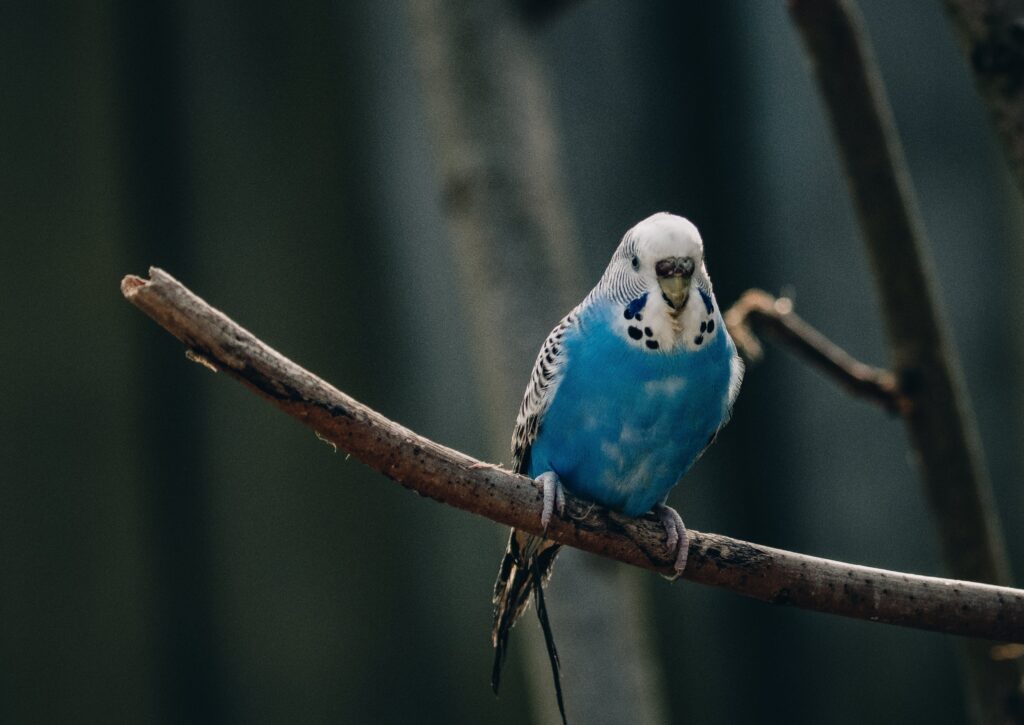
Feeding care and management:
Lovebirds require exercise and need a spacious cage that fits your budget and available space. If they are kept in small cages without much freedom, they may become anxious and even start self-mutilating behaviors. Lovebirds are active birds and need toys to keep them engaged. Since they are avid chewers, their toys should be sturdy enough to withstand their bites without posing any risk. A well-balanced diet and proper care can increase the lifespan of lovebirds to 12 to 15 years or even more.
For lovebirds, as with other birds, a balanced diet is important. A good diet should contain the key nutritional classes, such as water, protein, carbohydrates, fiber, fats, minerals, and vitamins.
It’s crucial to note that a diet high in seeds will undoubtedly lead to malnutrition, which is the root cause of numerous nutrition-related disorders. To ensure your lovebird’s health, it’s best to prepare a diet that includes all the necessary nutrients and doesn’t give your bird the option to pick and choose only the parts they like. Additionally, including fruits, vegetables, and nutritious table foods (without sauces or spices) in their diet will provide the necessary variety.
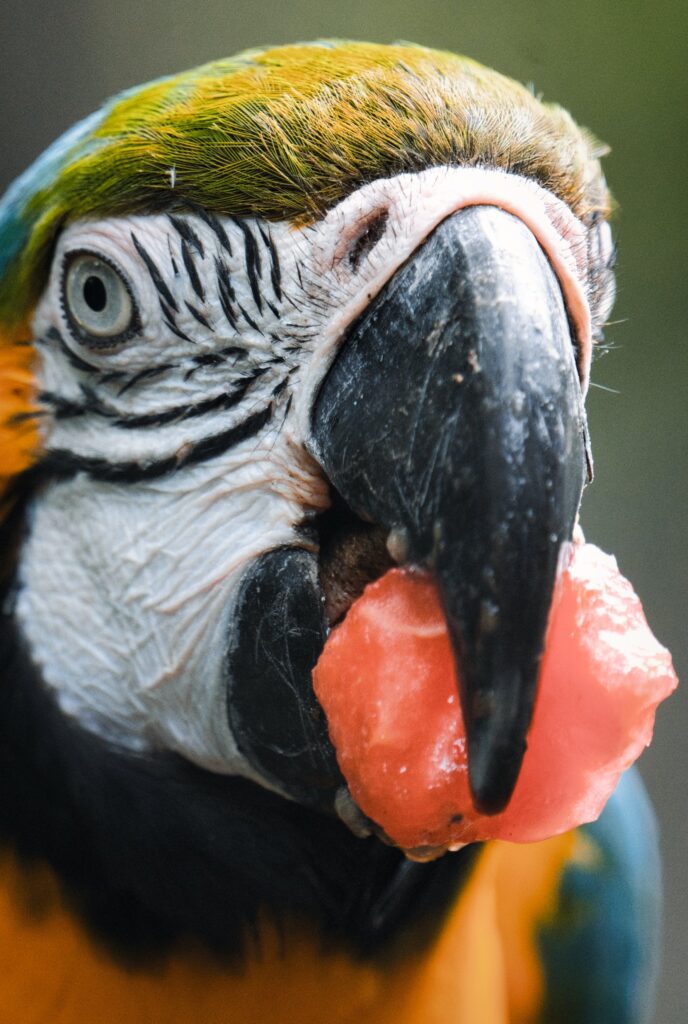
Make sure to identify which foods to avoid, and always consult your veterinarian before feeding your lovebird any meal. Remember, a well-planned and balanced diet is the key to your lovebird’s overall well-being.
Lovebird Behaviour:
Lovebirds are small but they have unique qualities such as being bold, curious, and attentive. Some people may assume that lovebirds only exist in pairs because of the images they see of two lovebirds cuddling. It’s true that lovebirds can develop a close bond with another lovebird. However, if you decide to have a single lovebird companion, you should be aware that they need plenty of social interaction with humans, in addition to toys and safe objects to play with. It is important to note that female lovebirds can be very protective of their cage and may become aggressive towards anyone who tries to enter.
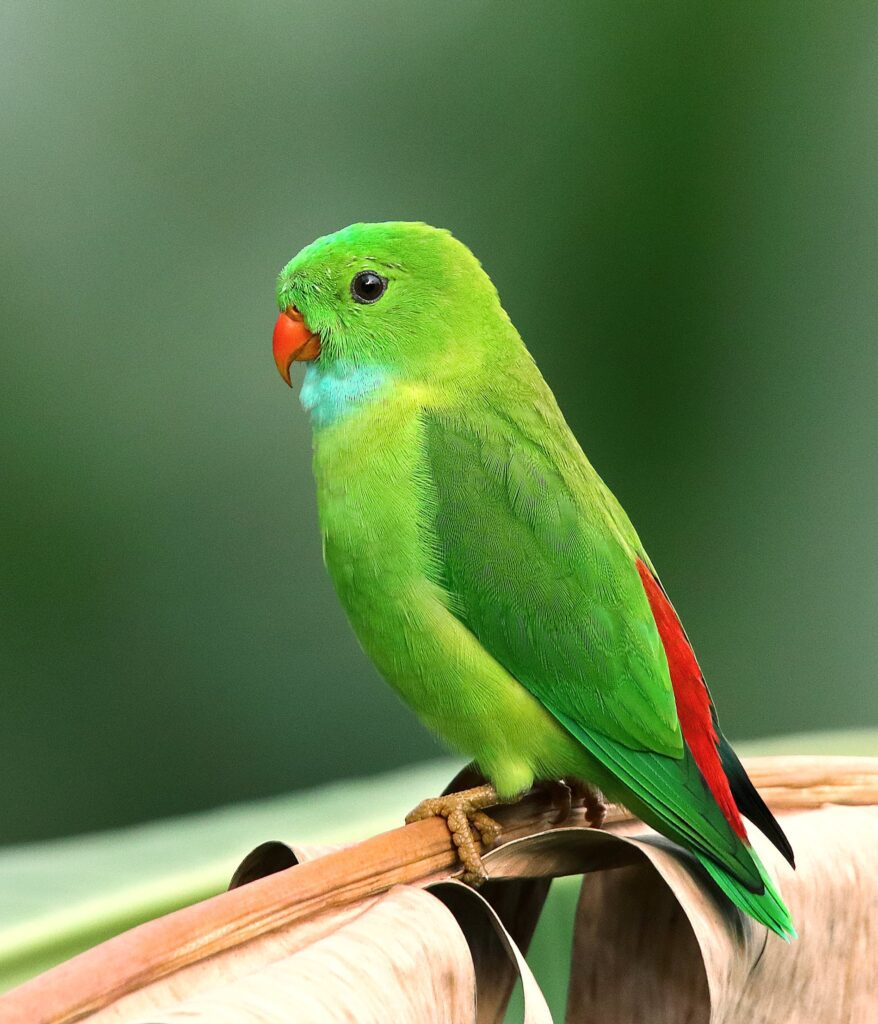
Lovebird sounds:
Lovebirds are social creatures that frequently sing and whistle. You can listen to the sounds of lovebirds for an hour on the Relax With Nature YouTube channel. Lovebirds sing the most loudly during the morning and evening.
Although you may think that lovebirds communicate a lot due to their vocalizations, they don’t really speak in the way you might expect. Lovebirds communicate with each other, but not as much with humans. They are not known for being particularly talkative, but they have a beautiful song that sets them apart from other companion parrots. If you get more than one lovebird, they may become noisier, as they are flocking birds in the wild who enjoy communicating with each other.
Lovebirds Diseases:
Lovebirds can suffer from self-mutilation, chlamydiosis, and nutritional deficiencies due to an inadequate diet, especially if it is high in seeds.
Lovebirds price range:
Lovebirds are widely available for purchase from bird breeders and most pet retailers. The cost of adopting or buying a lovebird can vary depending on several factors such as the source of purchase or adoption, the rarity of the parrot, your location, and whether or not it has been hand-tamed. Although they are generally less expensive than larger or rarer parrot species, prices can still vary. After conducting a quick online search, I found that the cost of a lovebird can range from $45 to $200.
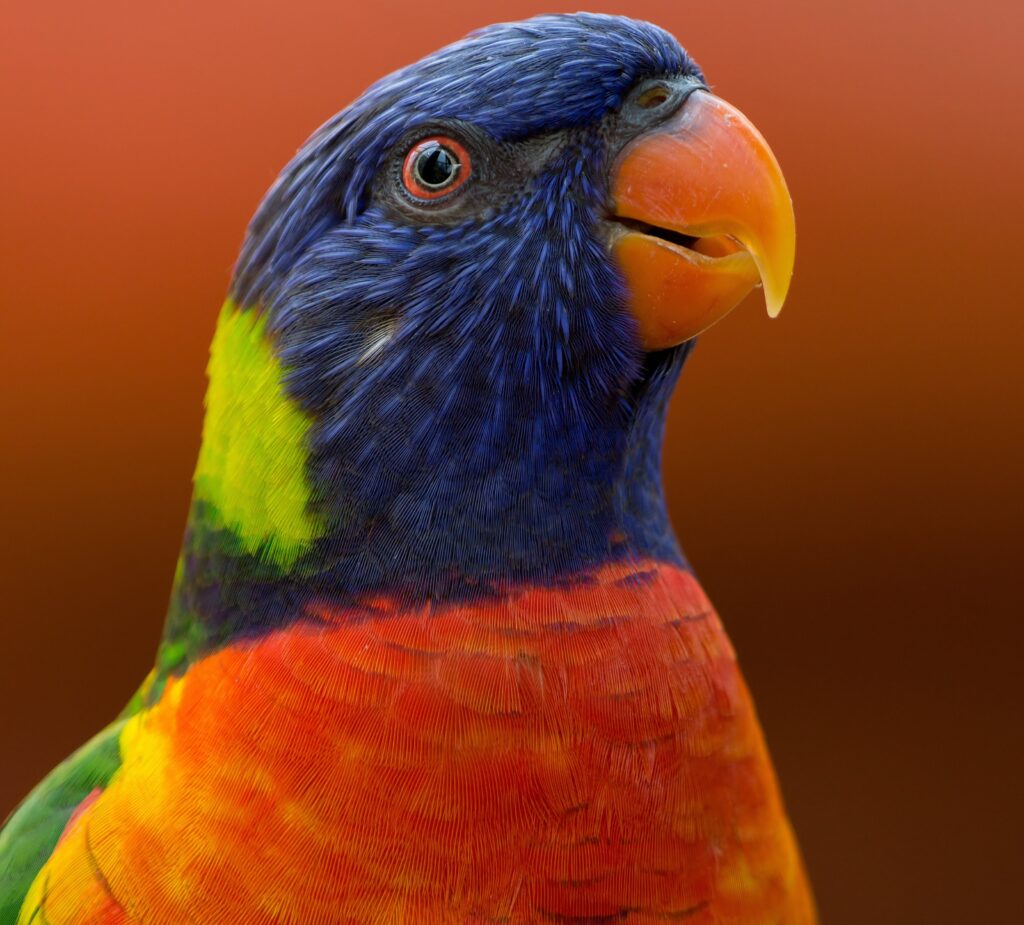
Whether or not lovebirds make a good pet choice is entirely up to you. It’s important to consider the bird’s requirements and personality before making a decision.




